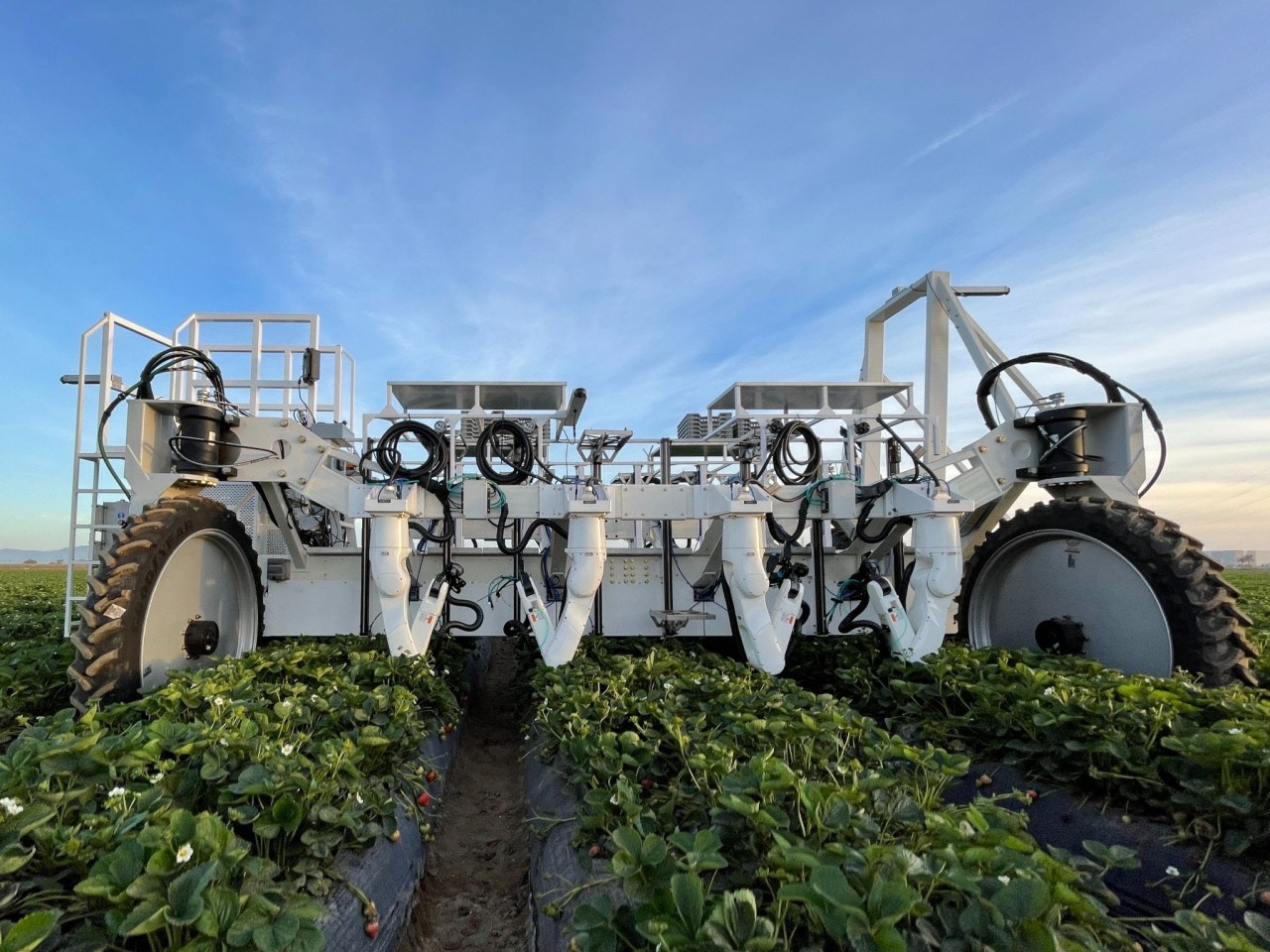As the world veers into an era driven by automation and artificial intelligence, few sectors are poised for transformation as much as agriculture. Among the pioneering companies leading this charge is Traptic, a South Bay robotics startup that has recently made headlines with its innovative strawberry-picking robot. With a hefty $8.4 million raised, including significant funding rounds that bolstered its technology, Traptic is redefining how strawberries are harvested and setting a new standard for agricultural practices.
From Concept to Commercial Deployment
It’s hard to believe that just a few years ago, Traptic was wrestling with the challenges of pre-commercialization. As a finalist at Disrupt SF in 2019, the startup exhibited a brilliant concept that sparked interest. Fast forward to today, and they have successfully transitioned from concept to execution, having initiated commercial deployment of their robot in fields managed by Blazer-Wilkinson, a top-tier U.S. strawberry producer. The collaboration reflects an essential step in advancing agriculture by embracing technology that complements human labor rather than replacing it.
The Cost of Labor Shortages in Agriculture
The impetus for such innovation cannot be understated, especially in light of the ongoing labor shortages exacerbated by the COVID-19 pandemic. With nearly 10% of U.S. strawberries left to rot in the fields each year, resulting in an estimated $300 million in financial losses, the significance of an effective harvesting solution is stark. Historically, agriculture has often been at the mercy of available labor, and the pandemic revealed just how fragile these systems had become. Traptic’s contribution to the sector is timely, particularly as climate change and labor dynamics continue to pose challenges to food security.
Innovative Technology at the Forefront
What sets Traptic’s robotic system apart is its sophisticated blend of technology. Equipped with 3D cameras and artificial intelligence, the robot’s vision enables it to identify ripe strawberries while heartily avoiding the delicate fruit that requires careful handling. This meticulous approach guarantees that the harvesting process is efficient without compromising the quality of the fruit. As described by CEO Lewis Anderson, the deployment of their robotic strawberry picker symbolically represents a significant advancement not just for Traptic, but for the entire agricultural sector, promising to improve crop security while fostering safer work environments.
Challenges and the Path Ahead
While Traptic’s successes are commendable, they are by no means impervious to challenges. The reality of technological disruption in agriculture does not come without hurdles. Regular maintenance and integration with existing farming practices will be critical for widespread adoption of robotic solutions. Moreover, ongoing collaboration with human pickers will be necessary in the initial phases to ensure a seamless transition for the agricultural workforce. As agricultural systems continue to evolve, Traptic is well-positioned to lead the way in merging human skill with robotic efficiency.
Conclusion: A Bright Future for Robotics in Agriculture
The commercial deployment of Traptic’s strawberry-picking robot heralds a promising future for the agricultural industry, signifying a leap towards smarter, more efficient farming practices. As significant funding continues to flow into innovation-driven agricultural technologies, the potential for enhancing productivity and sustainability becomes increasingly tangible. At fxis.ai, we believe that such advancements are crucial for the future of AI, as they enable more comprehensive and effective solutions. Our team is continually exploring new methodologies to push the envelope in artificial intelligence, ensuring that our clients benefit from the latest technological innovations.
For more insights, updates, or to collaborate on AI development projects, stay connected with fxis.ai.

